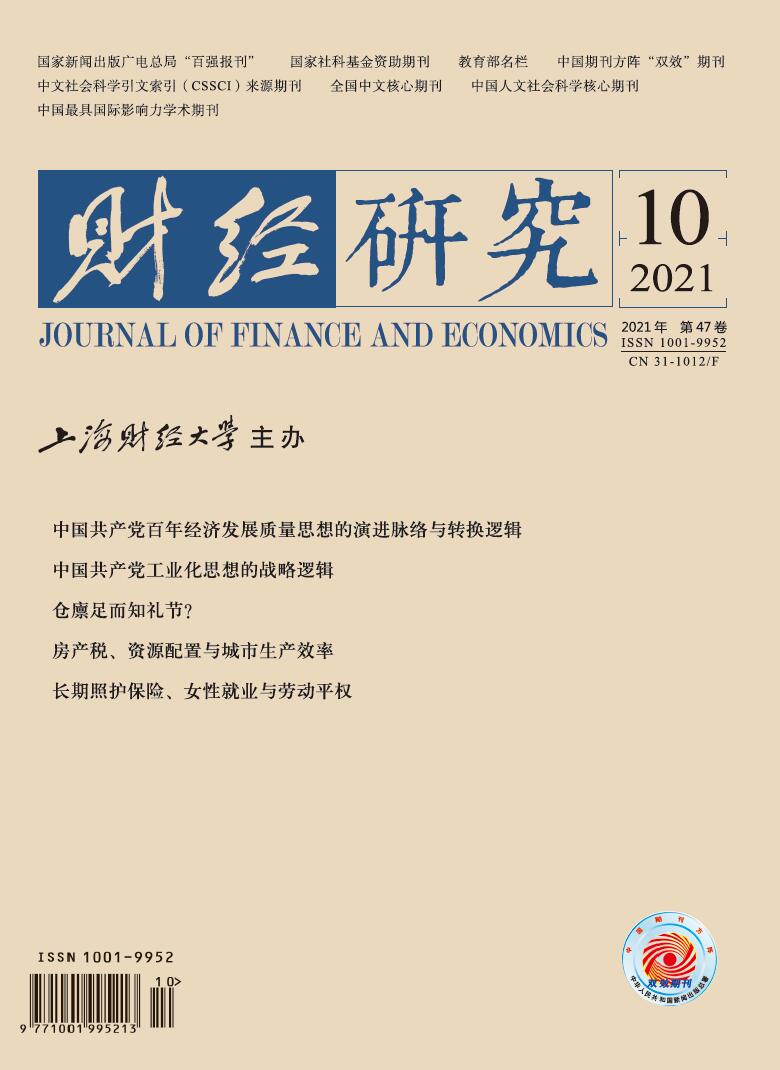While contributing greatly to the development of society, women are burdened with heavy family care, and their willingness to participate in the labor force, work hours and income levels are permanently inhibited, as well as encountering multiple employment discrimination in terms of career choices and wages. This paper finds that long-term care insurance can promote labor supply and income by constructing an overlapping generation model with elderly care and long-term care insurance. Based on the panel data of 196 cities in China from 2010 to 2018 and the typical pilot practice of long-term care insurance in Jinan, this paper uses the synthetic control method for the first time to quantitatively assess the impact of long-term care insurance on women’s employment, along with a series of robustness tests such as excluding iterated weight cities, ranking tests and the asymptotic DID model. According to the characteristics of employment discrimination, this paper further analyzes the employment discrimination suffered by women, using the synthetic control method by selecting the three dimensions of gender discrimination, urban-rural discrimination and geographical discrimination, and the three aspects of employment rate, income and working hours.
The results show that long-term care insurance has a significant promoting effect on female employment, with the implementation increasing female employment rate by 5-15 percentage points, monthly income by 426-556 yuan, and daily working hours by 0.3-0.6 hours. During the pilot period, long-term care insurance has mainly increased the labor supply of female households by reducing their burden of elderly care, but the pathway of increasing female labor demand through the development of elderly care and related industries remains weak. Further research shows that long-term care insurance has had a positive effect in promoting equal employment rates between men and women and income equality between urban and rural women, with the implementation increasing the employment rate ratio of women to men by 5-7 percentage points and the income ratio of rural women to urban women by 15-36 percentage points.
Based on the above results, this study proposes the following policy recommendations: On the one hand, we should improve the long-term care insurance system, including its coverage and security contents, to promote the structural optimization of the care patterns for the disabled elderly, and reduce the care burden and promote the social labor participation of working-age women in the families with the disabled elderly. On the other hand, we should promote the development of the elderly care industries and encourage the working-age women to participate in the long-term care business in various forms by setting up flexible compensation programs of long-term care insurance and improving supporting measures for female worker to participate in long-term care work.






 5342
5342  4346
4346

